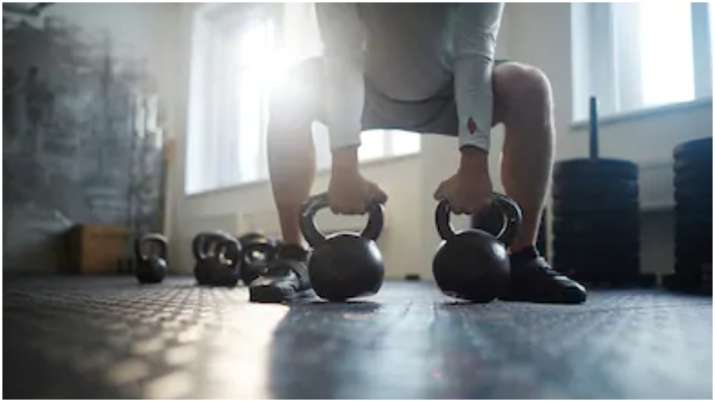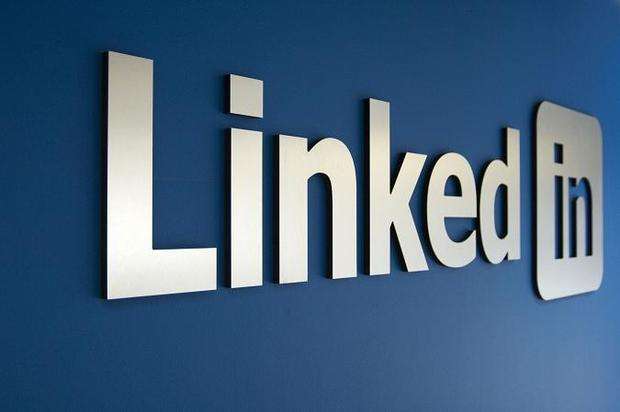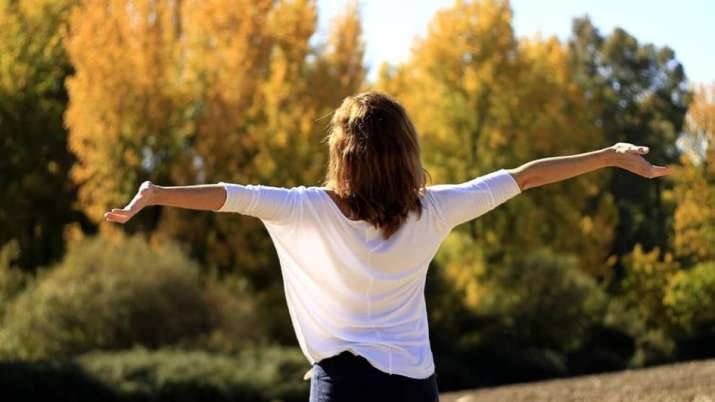World leaders, organisations and banks on Monday pledged 7.4 billion euros ($8 billion) for research to find a vaccine against the new coronavirus, but warned that it is just the start of an effort that must be sustained over time to beat the disease.
The funds, pledged at a video-conference summit hosted by the European Union, fell marginally short of the 7.5 billion euros being sought, but more money could arrive in coming days. Notably absent from the event was the United States, where more than 67,000 people have died, and Russia.
Despite the shortfall, U.N. Secretary-General Antonio Guterres said, the target being sought Monday to help find a vaccine, new treatments and better tests for the disease would only ever amount to a “down-payment” on the tools that will be needed to fight the virus.
“To reach everyone, everywhere, we likely need five times that amount,” Guterres said.
Governments have reported around 3.5 million infections and more than 247,000 deaths from the virus, according to a count by Johns Hopkins University. But deliberately concealed outbreaks, low testing rates and the strain on health care systems mean the true scale of the pandemic is much greater.
People in many countries across the globe, and notably in Europe this week, are cautiously returning to work but authorities remain wary of a second wave of infections, and a vaccine is the only real golden bullet to allow something like normal life to resume.
“In the space of just a few hours we have collectively pledged 7.4 billion euros for vaccines, diagnostics and treatments,” European Commission President Ursula von der Leyen said, wrapping up the event after three hours. “All this money will help kick-start unprecedented global cooperation.”
The original aim was to gather around 4 billion euros ($4.37 billion) for vaccine research, some 2 billion euros for treatments and 1.5 billion ($1.64 billion) for testing.
The pledges were hard to track, beyond coming in various currencies. Some countries announced money for their own national research efforts combined with those they would offer to international organizations. Others also proposed a mix of loans with their funding. Pledges made toward vaccine research since Jan. 30 were also counted.
Apart from many European leaders, heads of state and government from Australia, Canada, Israel, Japan, Jordan, South Africa and Turkey spoke at the event, along with China’s EU ambassador.
President Emmanuel Macron warned that “a race against time is underway,” as he donated 500 million euros on behalf of France.
Apart from many European leaders, heads of state and government from Australia, Canada, Israel, Japan, Jordan, South Africa and Turkey were also due to speak, along with China’s EU ambassador.
British Prime Minister Boris Johnson said that “the race to discover the vaccine to defeat this virus is not a competition between countries, but the most urgent shared endeavor of our lifetimes.”
Among the larger contributions, Japan pledged more than $800 million while Germany offered 525 million euros. Italy and Spain, perhaps the hardest hit by the virus in Europe, each said they would provide more than 100 million euros. Switzerland, the Netherlands and Israel also pledged 378 million euros, 192 million euros and 60 million dollars, respectively.
Melinda Gates, Co-Chair of the Bill and Melinda Gates Foundation, said that beating the virus “will take more than making a vaccine available to the very highest bidder. It is going to take more than delivering it only to people in wealthy nations. The pandemic won’t end until people everywhere can be immunised against it.”
About 100 research groups are pursuing vaccines, with nearly a dozen in early stages of human trials or poised to start. But so far there’s no way to predict which — if any — vaccine will work safely, or even to name a front-runner.
Dr. Anthony Fauci, the U.S. government’s top expert, has cautioned that even if everything goes perfectly, developing a vaccine in 12 to 18 months would set a record for speed.
Even if a first useful vaccine is identified, there won’t be enough for everyone initially. A growing number of vaccine makers say they’re already starting to brew tons of doses — wasting millions of dollars if they bet on the wrong candidate but shaving a few months off mass vaccinations if their choice pans out.
Asked about the U.S. absence, which comes after it suspended funding to the World Health Organisation, a senior official said that “the United States is in the process of providing $2.4 billion in global health, humanitarian, and economic assistance towards the Covid-19 response, and we continue to ensure that the substantial U.S. funding and scientific efforts on this front remain an essential and coordinated part of this worldwide effort against Covid-19.”
The official wasn’t authorised to discuss the matter by name and spoke on condition of anonymity.
French president Emmanuel Macron said he is confident that the U.S. will join the initiative at some point, stressing that he personally discussed the issue with President Donald Trump. Macron noted that the U.S. “is on the sidelines” but added that it doesn’t compromise or slow down the project.
IndiaToday.in has plenty of useful resources that can help you better understand the coronavirus pandemic and protect yourself. Read our comprehensive guide (with information on how the virus spreads, precautions and symptoms), watch an expert debunk myths, and access our dedicated coronavirus page.
Watch India Today TV live here. Catch the latest TV debates and video reports here.
















